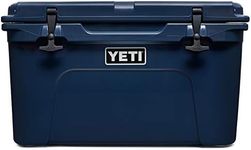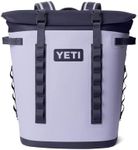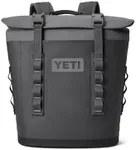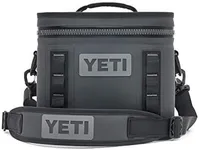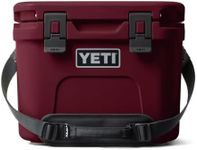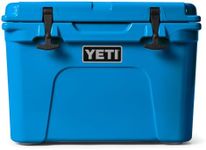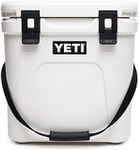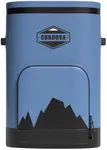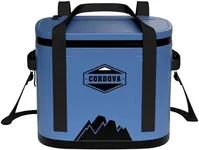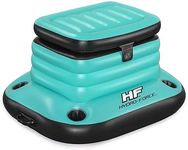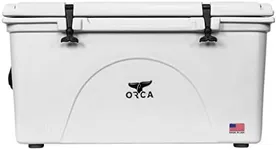Buying Guide for the Best Yeti Coolers
When it comes to picking the right Yeti cooler, it's important to consider your specific needs and how you plan to use the cooler. Yeti coolers are known for their durability, ice retention, and ability to withstand tough conditions, making them a popular choice for outdoor enthusiasts. To ensure you get the best fit for your needs, you'll want to pay attention to several key specifications. These specs will help you determine which cooler will best serve your purposes, whether you're planning a weekend camping trip, a long fishing expedition, or just need a reliable cooler for everyday use.Size/CapacitySize or capacity refers to how much the cooler can hold, usually measured in quarts or liters. This is important because it determines how much food and drink you can store. Small coolers (up to 20 quarts) are great for day trips or personal use, medium coolers (20-50 quarts) are suitable for weekend trips or small groups, and large coolers (50+ quarts) are ideal for extended trips or larger groups. Consider how much you typically need to store and how long you'll be away from a restocking point to choose the right size for you.
Ice RetentionIce retention refers to how long the cooler can keep ice frozen, which is crucial for keeping your items cold. This can range from a couple of days to over a week. If you're going on short trips, a cooler with 2-3 days of ice retention might suffice. For longer trips or hotter climates, look for coolers that offer 5-10 days of ice retention. Your choice should depend on the duration of your trips and the conditions you'll be facing.
DurabilityDurability is about how well the cooler can withstand rough handling and harsh environments. Yeti coolers are known for their rugged construction, often featuring rotomolded bodies and heavy-duty latches. If you plan to use the cooler in tough conditions, such as on a boat, in the back of a truck, or in bear country, opt for a model with high durability. For more casual use, such as picnics or backyard parties, you might not need the most heavy-duty option.
PortabilityPortability refers to how easy it is to transport the cooler. This includes the weight of the cooler when empty, the presence of handles or wheels, and the overall design. Smaller coolers are generally easier to carry by hand, while larger coolers might come with wheels or require two people to lift. Consider how far and how often you'll need to move the cooler. If you'll be carrying it over long distances or rough terrain, look for features that enhance portability.
Additional FeaturesAdditional features can include things like built-in bottle openers, dry goods baskets, and tie-down points. These features can add convenience and functionality to your cooler. Think about what extra features might be useful for your specific needs. For example, if you often bring bottled drinks, a built-in bottle opener could be handy. If you need to keep certain items dry, a dry goods basket might be essential. Choose a cooler with features that will enhance your overall experience.

